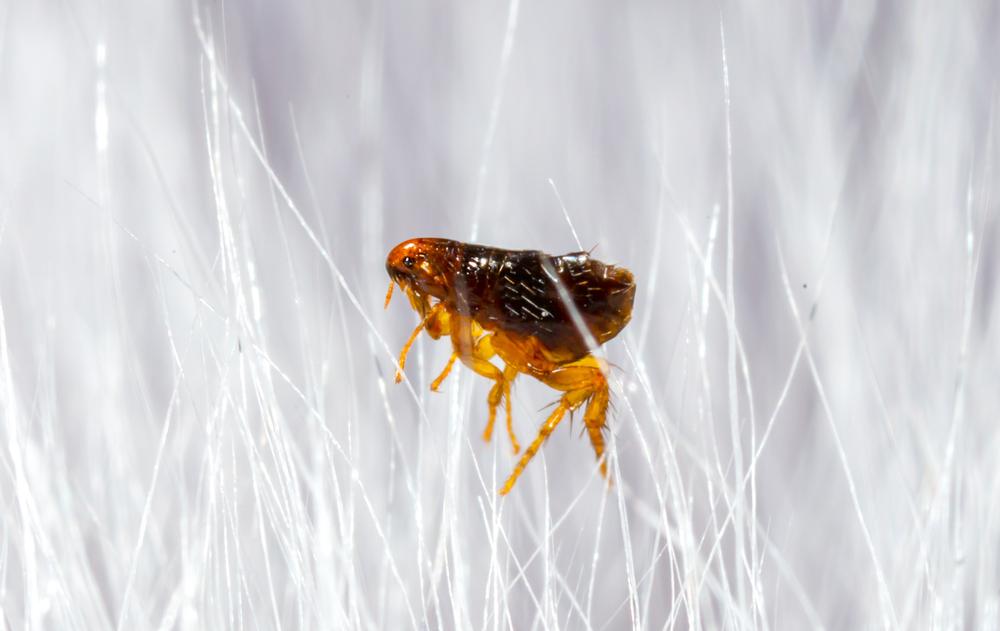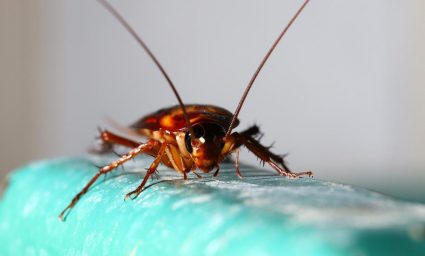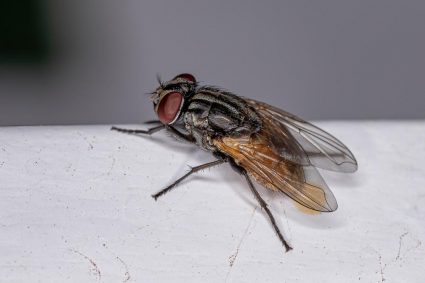
“Repel fleas” is a term that refers to the process of deterring fleas from infesting or biting animals or humans. Flea repellents are products or methods that help keep fleas away from pets, people, and their environments. These repellents can be natural or chemical-based and come in various forms, such as sprays, collars, or topical treatments. Flea repellents work by creating an unfavorable environment for fleas, making it difficult for them to thrive, lay eggs, or bite their hosts.
“Repel fleas” refers to the process of deterring or preventing fleas from infesting or biting animals or humans. This is typically achieved through the use of flea repellents, which can be natural or chemical-based products or methods that create an unfavorable environment for fleas, making it difficult for them to thrive, lay eggs, or bite their hosts. These repellents can come in various forms such as sprays, collars, or topical treatments.
Importance of Flea Repellents
Flea repellents are vital for preventing flea infestations, which can lead to itching, skin irritation, and the transmission of diseases. Fleas are known to transmit several diseases to both pets and humans. For example, fleas can transmit bacterial pathogens, which can be treated with antibiotics like doxycycline. Flea infestations in homes and surrounding areas may result in humans being bitten by newly emerging fleas, causing allergic reactions and rashes that can range from mild to extensive, depending on the number of fleas and individual hypersensitivity reactions.
Common Signs and Symptoms of Flea Infestations
Signs of flea infestations include excessive scratching or biting at spots where pets are getting bitten, sudden hair loss in pets, small red-brown or black specks on your pet or around your home, and restless pets. If you suspect a flea infestation, it is essential to treat your pets and home to eliminate the infestation. Consult your veterinarian for appropriate flea control treatments for your pets and consider professional pest control services for your home.
Natural Methods to Repel Fleas
There are several natural methods to repel fleas. Some essential oils, such as geranium, lemongrass, lavender, eucalyptus, and citronella, have been found to repel fleas. Natural flea collars use essential oils or other natural ingredients to repel fleas. Citrus juice can also be used as fleas dislike citrus. Regular bathing and grooming can also help repel fleas as fleas are less attracted to clean animals.
Commercial Flea Repellents
Commercial flea repellent products can vary in effectiveness, but professional-grade treatments tend to deliver better results than store-bought alternatives. Professional flea and tick treatments for yards are more effective than DIY approaches because they use superior application methods and commercial-grade equipment, as well as professional-grade sprays that provide better results.
Risks and Side Effects of Flea Repellents
Commercial flea repellents can pose potential risks and side effects to both pets and humans. Some of the common side effects of flea repellents include skin irritation, respiratory issues, neurological effects, gastrointestinal problems, and allergic reactions. It is essential to consult with a veterinarian when choosing a flea repellent for your pet, especially if your pet has any health conditions. Always read the label and follow the directions carefully to minimize the risk of side effects. If your pet experiences any adverse reactions, contact your veterinarian immediately.
Flea Repellents and Diet
Certain diets and foods can help repel fleas from pets. Adding brewer’s yeast to your dog’s food can help repel fleas. It provides B complex vitamins that help repel insects. Apple cider vinegar can also help repel fleas from the inside out. Citrus fruits and coconut oil can also be used to repel fleas.
Precautions with Flea Repellents
When using flea repellents around children and other family members, it is essential to take certain precautions. Always read and follow the directions on the product label before using any flea repellent. Avoid using products under clothing or on cuts, wounds, or irritated skin. Avoid contact with eyes and mouth. Keep products out of children’s reach and consult a healthcare provider if you have concerns about using repellent products on children.
In conclusion, repelling fleas is an essential part of maintaining the health and comfort of your pets and family. It involves a combination of preventative measures, including the use of natural and commercial repellents, maintaining a clean environment, and regular grooming of pets. By understanding what “repel fleas” means and how to effectively do it, you can ensure a flea-free environment for your loved ones.
Frequently Asked Questions
How often should I apply flea repellents?
The frequency of application depends on the type of flea repellent used. For example, topical treatments usually need to be reapplied every month, while flea collars can last for several months. Always follow the instructions provided by the manufacturer for the best results.
Can I use flea repellents on puppies or kittens?
Not all flea repellents are safe for use on puppies or kittens. Always check the product label to see if it’s suitable for young pets. If in doubt, consult with a veterinarian.
Can I use the same flea repellent for dogs and cats?
Some flea repellents are safe for use on both dogs and cats, but others are not. Certain ingredients that are safe for dogs can be harmful or even fatal to cats. Always check the product label and consult with a veterinarian if necessary.
Do flea repellents kill fleas or just repel them?
Some flea repellents only deter fleas from infesting your pet, while others can kill fleas on contact. The product description or label should indicate whether the product repels, kills, or does both.
How can I tell if my pet is allergic to a flea repellent?
Signs of an allergic reaction to a flea repellent may include excessive scratching, redness, swelling, or discomfort at the site of application. If your pet shows any of these signs, stop using the product and consult a veterinarian immediately.












